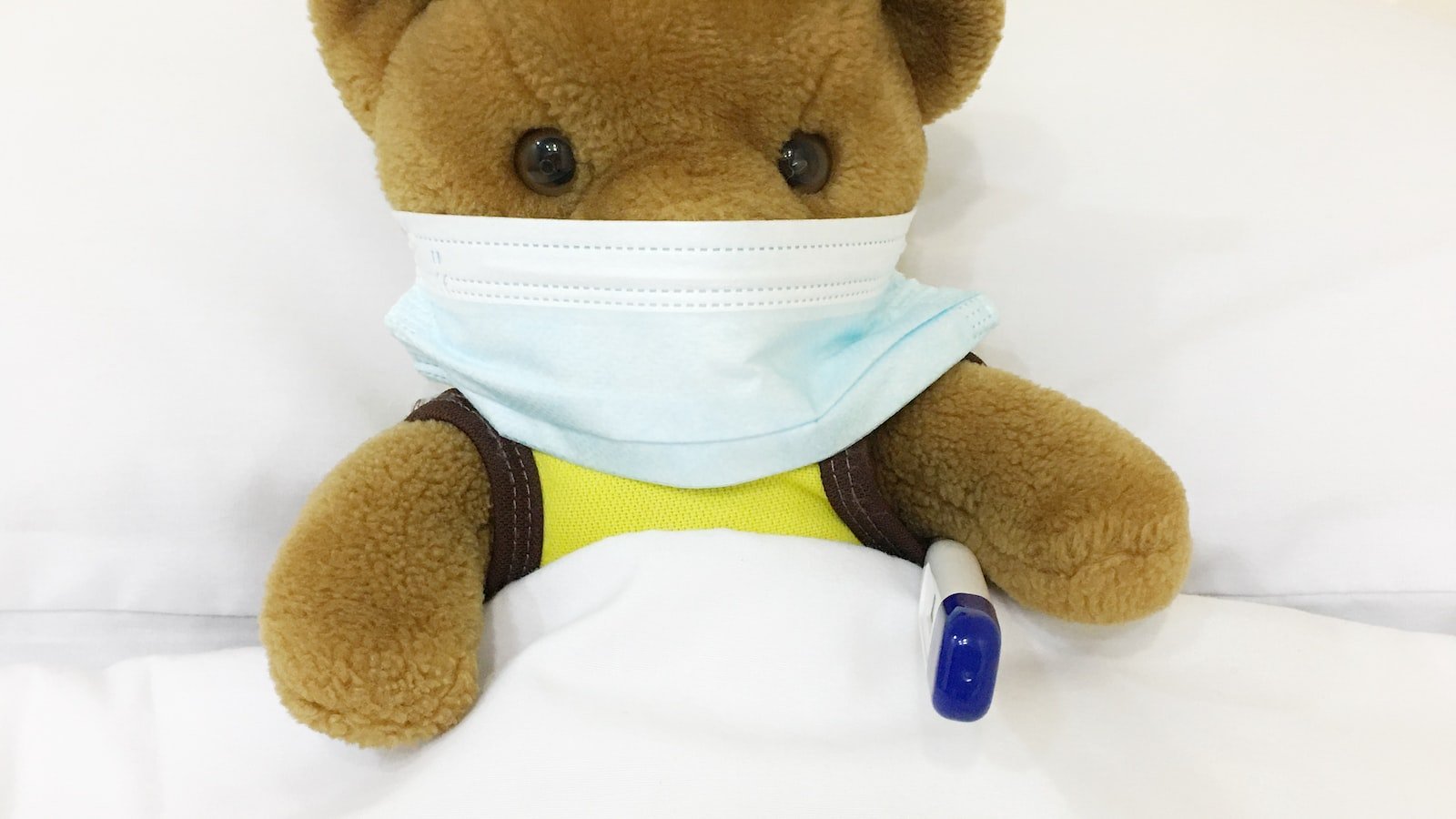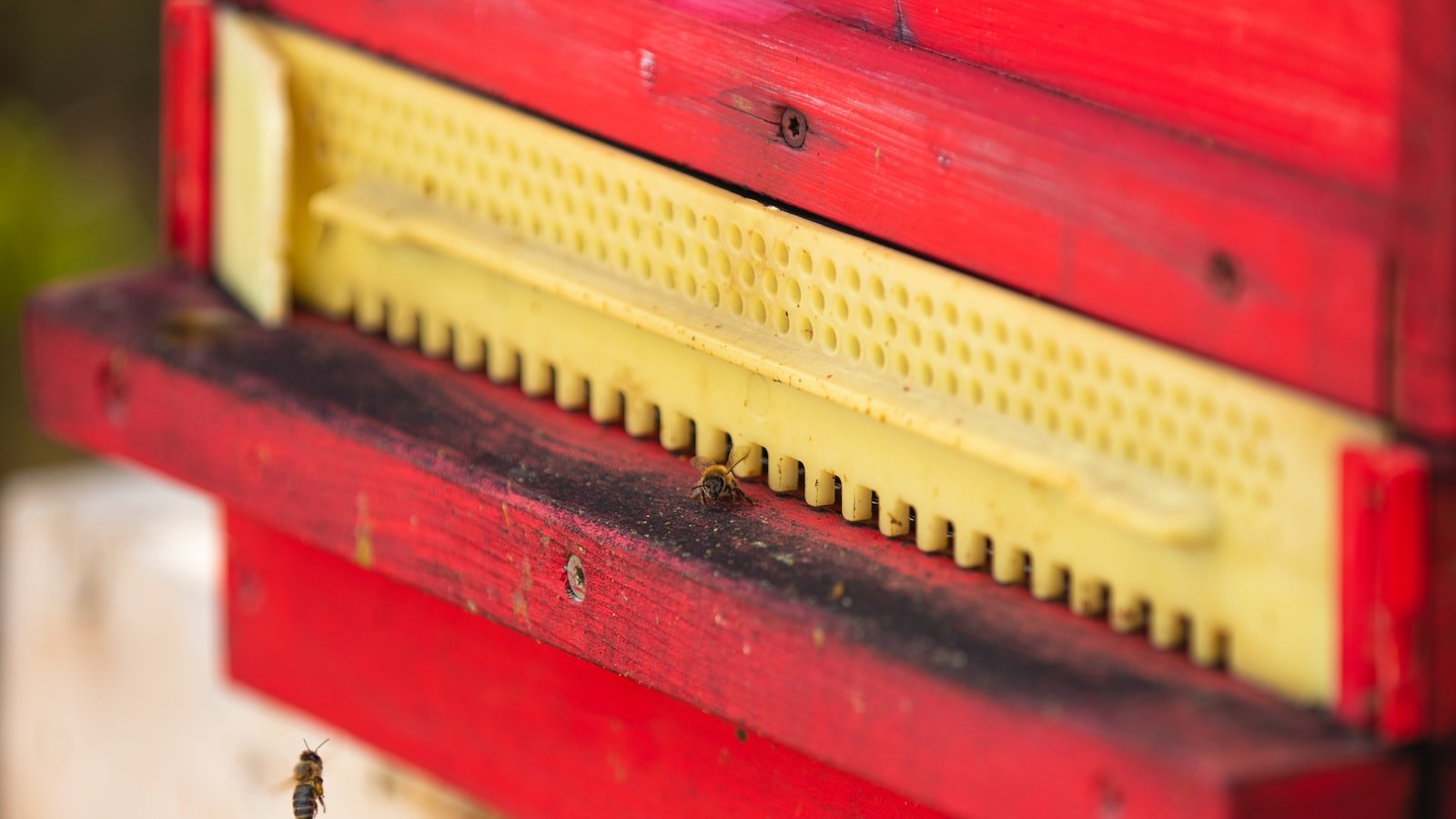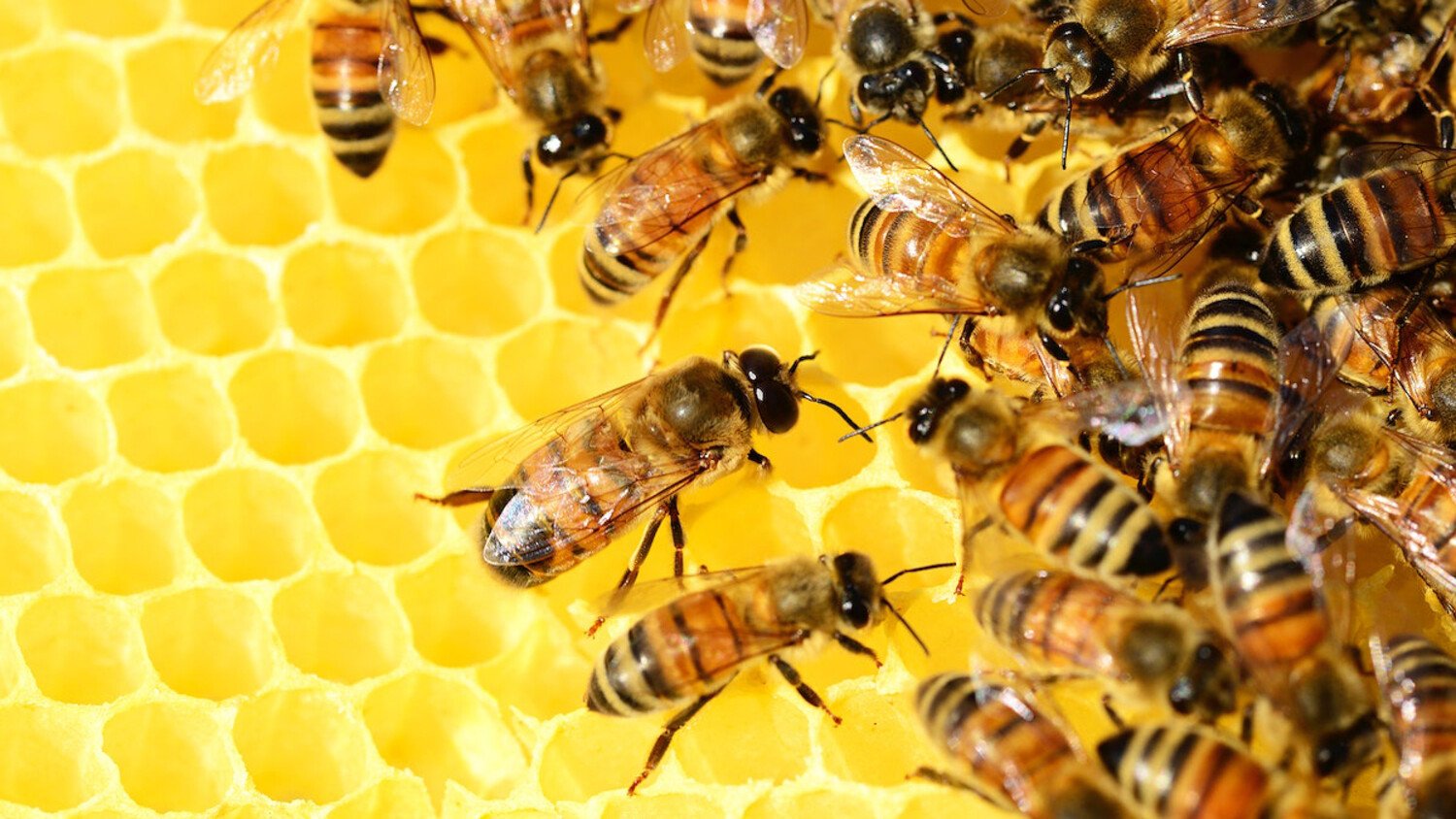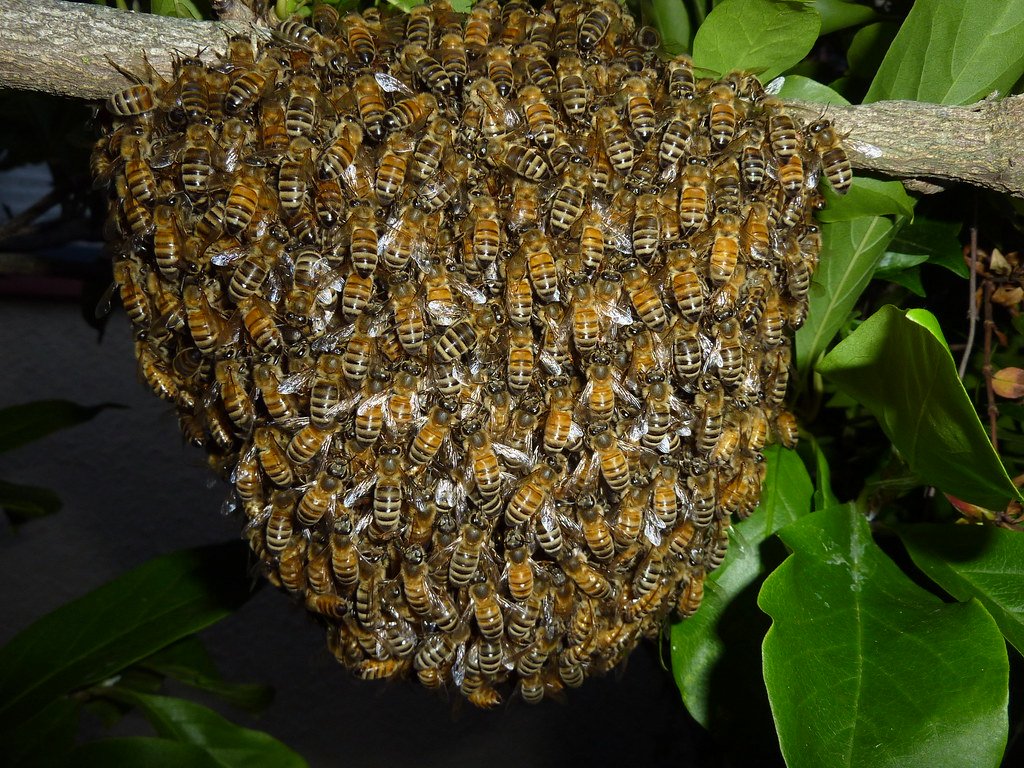Are you a busy beekeeper constantly juggling hive maintenance tasks? It can be overwhelming to keep track of all the necessary chores while ensuring your honeybee colonies thrive. But fear not, for we have the perfect solution to help you maintain organization and harmony within your buzzing hives. In this article, we will guide you through the art of creating a hive maintenance checklist. From routine inspections and pest control to equipment upkeep and seasonal considerations, get ready to streamline your workflow and stay on top of your beekeeping game. So, grab your protective gear and join us on this journey towards a structured and efficient approach to hive maintenance. Let’s build a checklist that keeps both you and your bees happily buzzing along!
Table of Contents
- Prepare Your Hive Maintenance Checklist: An Essential Tool for Beekeepers
- Identify Key Hive Components: Understanding Your Equipment
- Establish Regular Inspection Schedule: Ensuring Hive Health
- Monitor Pest and Disease Control: Safeguarding Your Bees
- Keep Accurate Records: Tracking Hive Observations
- Q&A
- Future Outlook

Prepare Your Hive Maintenance Checklist: An Essential Tool for Beekeepers
Ensuring the well-being of your buzzing companions is essential for every beekeeper. Just like any other livestock, bees require regular maintenance to thrive. To help you stay organized and keep your hives in tip-top shape, we present the ultimate Hive Maintenance Checklist! From seasonal tasks to monthly reminders, this comprehensive checklist will serve as your go-to guide for hive upkeep.
Seasonal Tasks:
- Spring Cleaning: Remove any debris or dead bees from the hive entrance, ensuring a clean and clutter-free environment for your colony to thrive.
- Inspect Hive Equipment: Check the condition of hive components such as frames, supers, and queen excluders. Replace any damaged or worn-out parts.
- Monitor Mite Levels: Conduct regular mite checks and treat accordingly. Varroa mites can wreak havoc on a colony if left unchecked.
Monthly Reminders:
- Inspect Brood Patterns: Take a close look at the brood frames to ensure a healthy, consistent pattern. Uneven or spotty brood may be indicative of issues within the hive.
- Monitor Queen Health: Regularly check on the queen to ensure she is laying eggs properly and maintain a strong population. A healthy queen is vital for hive productivity.
- Supplement Feeding: If nectar flow is low, provide supplementary feeding to your bees, ensuring they have enough food reserves to sustain them through lean periods.
By diligently following this Hive Maintenance Checklist, you can ensure your hive remains a thriving and productive home for your beloved bees. Remember, a well-maintained hive leads to happy, healthy bees!

Identify Key Hive Components: Understanding Your Equipment
When it comes to beekeeping, having a thorough understanding of your equipment is essential for a successful hive. By identifying key hive components, you can ensure that your bees have a comfortable and productive environment to thrive in.
Here are some important components you should be familiar with:
- Hive Boxes: These are the stackable boxes that make up the main structure of your hive. They provide space for the bees to build their combs and store honey. Common types of hive boxes include deep, medium, and shallow supers.
- Frames: Frames are inserted into the hive boxes and serve as a foundation for the bees to build their combs. They can be made of wood or plastic and are removable for easy inspection and honey harvesting.
- Inner Cover: Placed on top of the uppermost hive box, the inner cover helps regulate temperature and moisture within the hive. It provides an entrance for the bees and can be used to feed the colony if necessary.
- Outer Cover: The outer cover protects the hive from the elements and helps insulate it. It should be durable and waterproof to safeguard the colony. Common types of outer covers include telescoping covers and migratory covers.
- Bottom Board: The bottom board serves as the base of the hive, providing a solid foundation. It includes an entrance for the bees and helps with ventilation.
Understanding these key components will allow you to effectively manage and maintain your hive, ensuring the well-being of your buzzing friends.

Establish Regular Inspection Schedule: Ensuring Hive Health
Regular inspections are essential for maintaining the health and productivity of your beehives. By establishing a consistent inspection schedule, you can proactively identify any issues or potential threats to your hive, allowing you to take necessary action in a timely manner.
During inspections, remember to pay attention to the following:
- Brood patterns: Check the brood frames for healthy patterns and ensure the queen is laying eggs consistently. Look for any signs of abnormalities, such as spotty brood or discolored larvae.
- Disease and pests: Keep an eye out for common hive pests like varroa mites, small hive beetles, or wax moths. Regular inspections will enable you to spot these intruders early and take appropriate measures to control their population.
- Queen health: Monitor the queen’s condition and behavior, ensuring she is active, fertile, and producing brood. If you notice any issues with the queen or suspect queenlessness, you may need to requeen the hive.
- Food and stores: Evaluate the honey and pollen reserves. Make sure there is enough food to sustain the colony through seasons with limited nectar flow. If required, provide supplemental feeding to support strong and healthy colonies.
By incorporating regular inspections into your beekeeping routine, you can prevent potential problems from escalating and ensure the overall well-being of your hives. Remember, a healthy hive leads to thriving bees and abundant honey production!

Monitor Pest and Disease Control: Safeguarding Your Bees
Keeping your bees healthy and safe from pests and diseases is crucial for maintaining a thriving hive. By monitoring pest and disease control, you can safeguard your bees and ensure their well-being. Here are some effective strategies and tips to help you protect your precious pollinators:
- Regularly inspect your hive: Conduct routine inspections of your beehive to identify any signs of pests or diseases. Look for indicators such as unusual behavior, hive damage, or abnormal brood patterns.
- Use hive entrance reducers: Installing entrance reducers can help prevent larger pests, such as mice or wasps, from entering the hive and causing harm. These simple barriers can play a significant role in deterring potential threats.
- Maintain cleanliness: Keep your hive clean and free from debris. Regularly remove any dead bees, wax moths, or other pests that may have settled inside. This can help prevent the spread of diseases and discourage pests from infesting your hive.
- Implement integrated pest management (IPM): Adopting an IPM approach is an effective way to strike a balance between pest control and the health of your bees. This approach focuses on using a combination of preventive measures, cultural practices, and, if necessary, organic treatments to manage pests with minimal impact on your bees.
Remember, a proactive approach to monitoring pest and disease control is essential. Regular checks, preventive measures, and swift action when needed can safeguard your bees and ensure a flourishing colony. By prioritizing their well-being, you not only protect your own apiary but also contribute to the vital role bees play in pollination.
Keep Accurate Records: Tracking Hive Observations
Tracking Hive Observations
One of the key elements of successful beekeeping is keeping accurate records of hive observations. By meticulously tracking and documenting your observations, you gain valuable insights into the behavior and health of your bee colonies. Here are some tips to help you maintain comprehensive hive records:
- Observe Regularly: Make it a habit to regularly inspect your hives and note any changes or anomalies. This allows you to track the progress of your colonies over time.
- Record Environmental Factors: Keep a record of the weather conditions, seasonal changes, and available forage in the vicinity of your hives. These factors can greatly impact the behavior and productivity of your bees.
- Track Colony Health: Monitor the health of your colonies by noting the presence of pests, diseases, or unusual behaviors. This can help you identify and address any potential issues before they become major problems.
- Document Queen Performance: Keep tabs on the performance of your queens, noting factors such as egg-laying patterns, brood development, and overall colony strength. This information is crucial for maintaining strong and productive colonies.
Remember, your hive observations serve as a window into your bee colonies’ world. Accurate record-keeping not only helps you make informed management decisions but also contributes to the overall well-being and success of your apiary.
Q&A
What are the benefits of creating a hive maintenance checklist?
Creating a hive maintenance checklist helps beekeepers stay organized and ensures all necessary tasks are completed. It promotes regular care, prevents accidents or neglect, and increases the overall health and productivity of the hive.
What are some essential tasks to include in a hive maintenance checklist?
Some essential tasks to include in a hive maintenance checklist are regular inspections, checking for signs of disease or pests, monitoring honey production, maintaining clean and well-ventilated hives, and providing supplementary feeding if necessary.
How often should inspections be performed?
Inspections should be performed at least once every two weeks during the active season, and once a month during the offseason. Regular inspections allow beekeepers to identify and address any issues promptly, ensuring the well-being of the hive.
What signs should beekeepers look for during inspections?
Beekeepers should look for signs of a healthy hive, such as a strong population, a laying queen, stored honey, and pollen. They should also check for any signs of disease, pests, or abnormalities, and assess the overall cleanliness and organization of the hive.
Why is maintaining hive ventilation important?
Maintaining proper hive ventilation is important as it helps regulate temperature and humidity, prevents the buildup of excessive moisture, reduces the risk of condensation-related diseases, and ensures the bees’ respiratory health.
When should supplementary feeding be considered?
Supplementary feeding should be considered when there is a scarcity of nectar flow or during times when the bees require additional support, such as during inclement weather or when establishing a new colony. It ensures the bees have enough food to survive and thrive.
Are there any specific tools or equipment required for hive maintenance?
Some commonly used tools for hive maintenance include a smoker to calm the bees, a hive tool to pry open hive components, a bee brush to gently remove bees from frames, a queen excluder to keep the queen from certain areas, and a beekeeping suit to protect against stings.
What steps should beekeepers take to stay safe during hive maintenance?
To stay safe during hive maintenance, beekeepers should wear protective clothing, including a bee suit, gloves, and a veil. They should work in a calm and methodical manner, use smoke to calm the bees, and avoid sudden movements. Good body posture and awareness of the bee’s behavior are also crucial.
How can beekeepers document hive maintenance activities?
Beekeepers can document hive maintenance activities by taking notes in a beekeeping journal, logging important observations, and recording any treatments or actions taken. They can also use photographs or diagrams to provide visual documentation, allowing for better record keeping and analysis.
Future Outlook
As we reach the end of our buzz-worthy article, we hope that you are now well-equipped to tackle the daunting yet crucial task of hive maintenance. Remember, the key to a successful beekeeping journey lies in staying organized, and what better way to accomplish that than with a meticulously crafted hive maintenance checklist?
With your newfound knowledge, you now possess the power to create a harmonious haven for your industrious honey-makers. Step by step, you can ensure that your hives are sparkling clean, healthy, and thriving. Let this checklist be your guiding light through the seasonal changes and unforeseen challenges that may come your way.
Picture this: as you diligently tick off tasks from your well-crafted checklist, you’ll find yourself developing a deeper connection with your buzzing companions. The routine becomes ingrained, a symphony of order amidst the organized chaos of nature. The hum of bees working in perfect harmony rewards your efforts, confirming that you are indeed a steward of their flourishing existence.
But remember, dear reader, that maintaining a hive is not merely about checking boxes on a piece of paper. It is about nurturing a fragile balance, respecting the complexity of these incredible creatures and their miraculous creations. It is a dance of unity, where you play your part and they reciprocate with sweet rewards.
So, arm yourself with the knowledge gathered on these pages, and bring your own creative flair to the hive maintenance checklist. Customize it to fit your needs, and let it become your trusted companion in this journey of coexistence. As you care for your hives, may you find solace in the shared understanding between bee and beekeeper—a relationship forged through compassion, dedication, and a commitment to the mesmerizing world of apiculture.
As we bid farewell, embark upon your hive maintenance endeavors, guided by the wisdom you’ve attained, and see your bees thrive under your unwavering care. Stay organized, stay passionate, and watch your world be transformed into a buzzing utopia of symbiotic bliss. Happy beekeeping!
As an affiliate, my content may feature links to products I personally use and recommend. By taking action, like subscribing or making a purchase, you’ll be supporting my work and fueling my taco cravings at the same time. Win-win, right?
Want to read more? Check out our Affiliate Disclosure page.